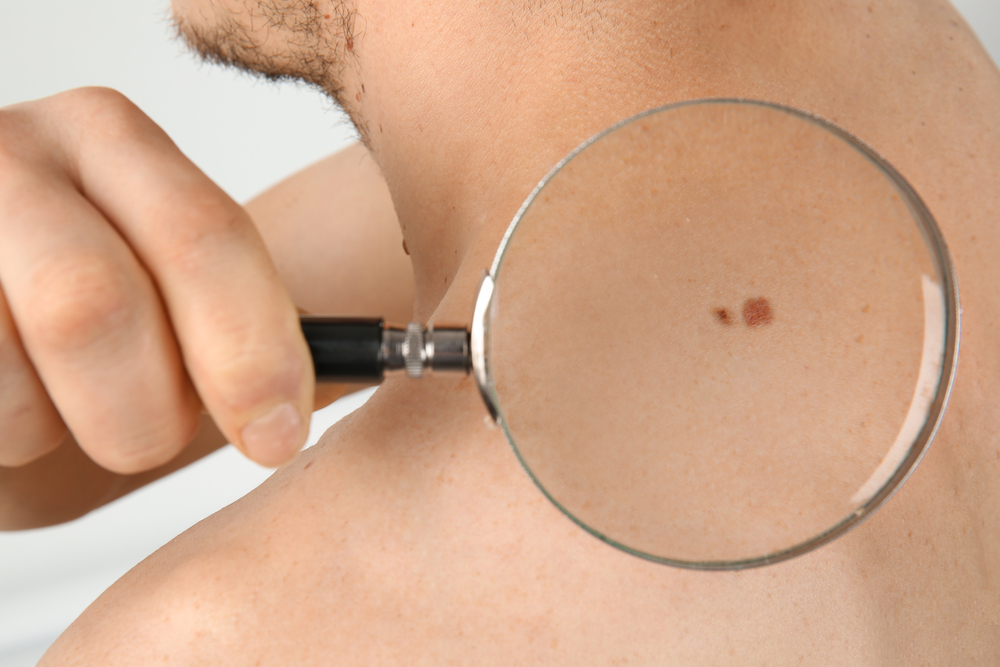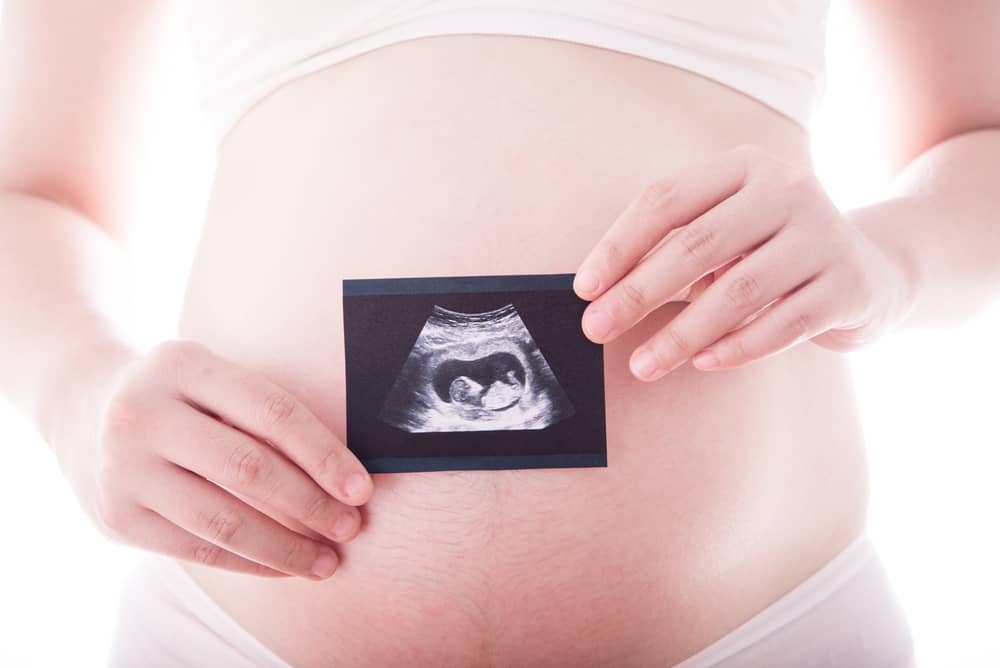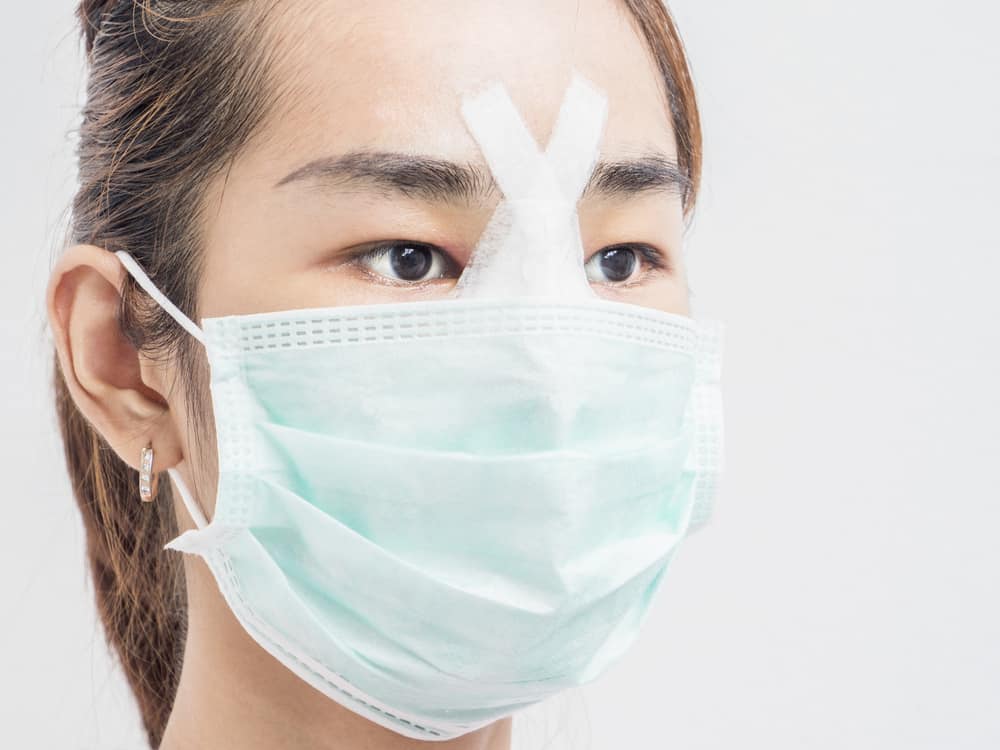Contents:
- Medical Video: Growths, neoplasms, and cancers of the skin
- Detect symptoms of skin cancer by type
- 1. Basal cell carcinoma
- 2. Squamous cell carcinoma
- 3. Actinic Keratosis
- 4. Melanoma cancer
- 5. Merkel cell carcinoma
Medical Video: Growths, neoplasms, and cancers of the skin
Although the case in Indonesia is not as common as breast cancer or lung cancer, skin cancer remains as dangerous.Skin cancer is one of the most life threatening cancers. There are five types of skin cancer that you can distinguish from each of the features. Well, this article will help you recognize the symptoms of skin cancer by type.
Detect symptoms of skin cancer by type
1. Basal cell carcinoma
Basal cell carcinoma is the most common type of skin cancer. According to the American Cancer Society, this condition is the number one case of skin cancer in the world. About 8 out of 10 skin cancers are basal cell carcinoma. This cancer tends to grow slowly, but cannot spread to other body parts.
Basal cell carcinoma can be completely cured if it is quickly detected and treated early.
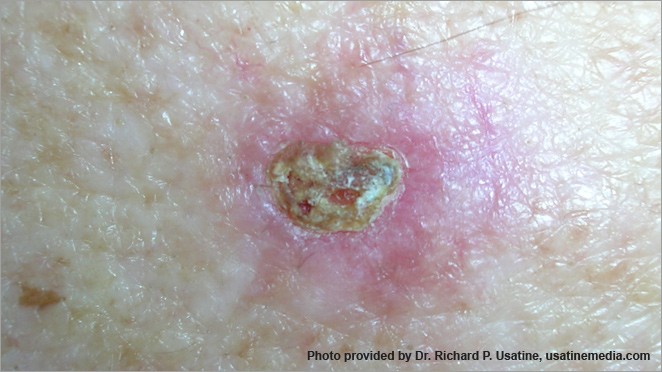
How to detect symptoms of skin cancer, basal cell carcinoma
Initially, basal cell carcinoma appears like a small, dense, and shiny "pearl" lump that looks like a pimple that doesn't go away. Sometimes the color can look yellowish, similar to scars.
This cancer may also look like a pink, shiny, slightly scaly mole. You might see dome-shaped skin growth that has blood vessels in it. Can be pink, brown or black.
Another symptom to watch out for is the growth of hard and waxy skin. This cancer may also be like an open wound that does not heal (has a crusty or fluid discharge), or can heal but then returns.
Basal cell carcinoma can occur anywhere in the body. But often it appears on the face, neck and ears that grow very slowly, even for years after intense or long-term sun exposure.
2. Squamous cell carcinoma
Squamous cell carcinoma is the second most common type of skin cancer. Squamous cell carcinoma is similar to basal cell carcinoma. The shape tends to be a long, red lump.
This type of cancer can grow into the deeper layers of the skin and spread to other parts of the body, but can be prevented if treated and detected early.
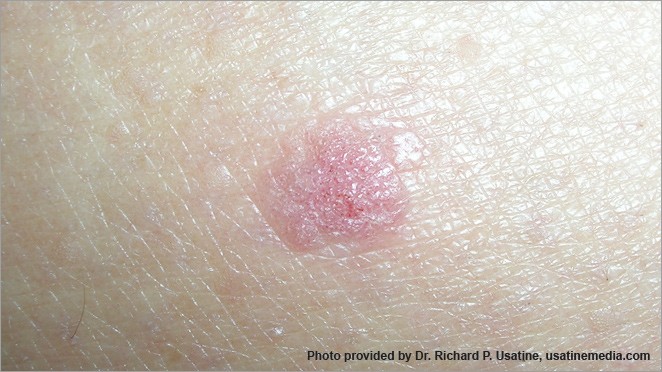
How do you detect squamous cell carcinoma?
The symptoms of this skin cancer are usually a mole or wart that is lifted up or looks vaulted with a lower niche in the center. Unlike basal cell carcinoma, pale squamous cell carcinoma or sores and usually not shiny.
Mole squamous cell carcinoma has a smooth and itchy or painful surface when scratched. This cancer can also be in the form of red warts with rough or scaly texture, which may crust or bleed when scratched.
3. Actinic Keratosis
According to Dr. Anthony Rossi, MD, from the Memorial Sloan Kettering Cancer Center, actinic kerastosis is an early symptom of skin cancer caused by excessive sun exposure. In some cases, actinic kerastosis can develop into squamous cell skin cancer.
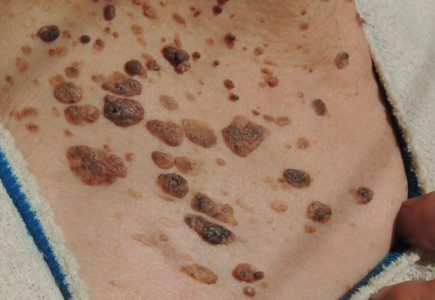
How to detect symptoms of skin canceractinic kerastosis
Symptoms of skin cancer are usually in the form of red lesions whose texture is rough and scaly. The size can be large and small. Lesions sometimes cause itching and pain, also the appearance of excess meat around the affected body.
Actinic kerastosis often appears on the face, lips, ears, back of the hands, and arms, but can occur in other areas that are often exposed to sunlight.
4. Melanoma cancer
Melanoma cancer is one of the most deadly types of rare skin cancer. Melanoma appears when melanocyte cells (the cells producing skin color pigments) grow abnormally to become cancerous.

How to detect symptoms of melanoma skin cancer
Melanoma cancer initially appears as dark spots like ordinary moles that change in size, shape, or color. Melanoma can also appear in areas of the skin that have never had a mole before. Most often appear on your back, legs, hands and face.
But to be able to tell which moles are normal and which moles are symptoms of skin cancer, follow the "ABCDE" guidelines below:
- Asymmetry (asymmetrical size and shape): Normal moles have a perfectly symmetrical shape, the size of the edges will be as large on the left and right. Mole melanoma skin cancer symptoms have irregular shape and size, because the cell on one side grows faster than the other.
- Border (uneven edges): The edges of a normal mole will have clear boundaries, you can see where your original skin color ends and where the typical brownish color of the mole begins. Melanoma cancer moles have the edges are random and appear blurred, sometimes jagged like someone coloring outside the line.
- Color (different colors): Normal moles have solid colors and are equally flat on all sides, just dark brown or light brown, or deep black. If your mole has diverse color patterns in one location, this may be a symptom of melanoma skin cancer. For example, in the middle of a pink that gradually darkens reddish on the edges, or vice versa (only red or pink moles are normal). Cancer moles can also show completely different color spots in one place, such as red, white, gray in a mole.
- Diameter (size): Normal birthmarks will remain the same size all the time. A mole grow suddenly, greater than 6 mm, can indicate melanoma cancer. Especially if the mole really appears and immediately enlarges.
- Evolve (developing and changing): Moles that change color, size, texture, and shape so that they look very different from all other moles on your skin can be symptoms of melanoma. The melanoma mole also feels itchy, or maybe can bleed.
5. Merkel cell carcinoma
Cellular cell carcinoma is the rarest and most dangerous skin cancer. This skin cancer can grow and spread rapidly to other body parts.
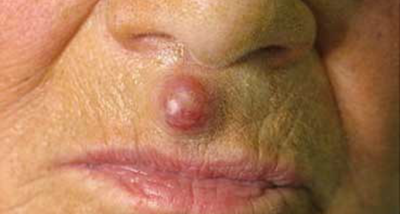
https://www.merkelcell.org/resources/pictures-of-merkel-cell-carcinoma/)
How to detect cell cell carcinoma?
Forms of cell cell carcinoma tend to be small, not painful, vary in color (red, pink, purple) and even shiny. This cancer usually develops on the face, neck, forehead, or arms, but can develop anywhere and grow quickly.

